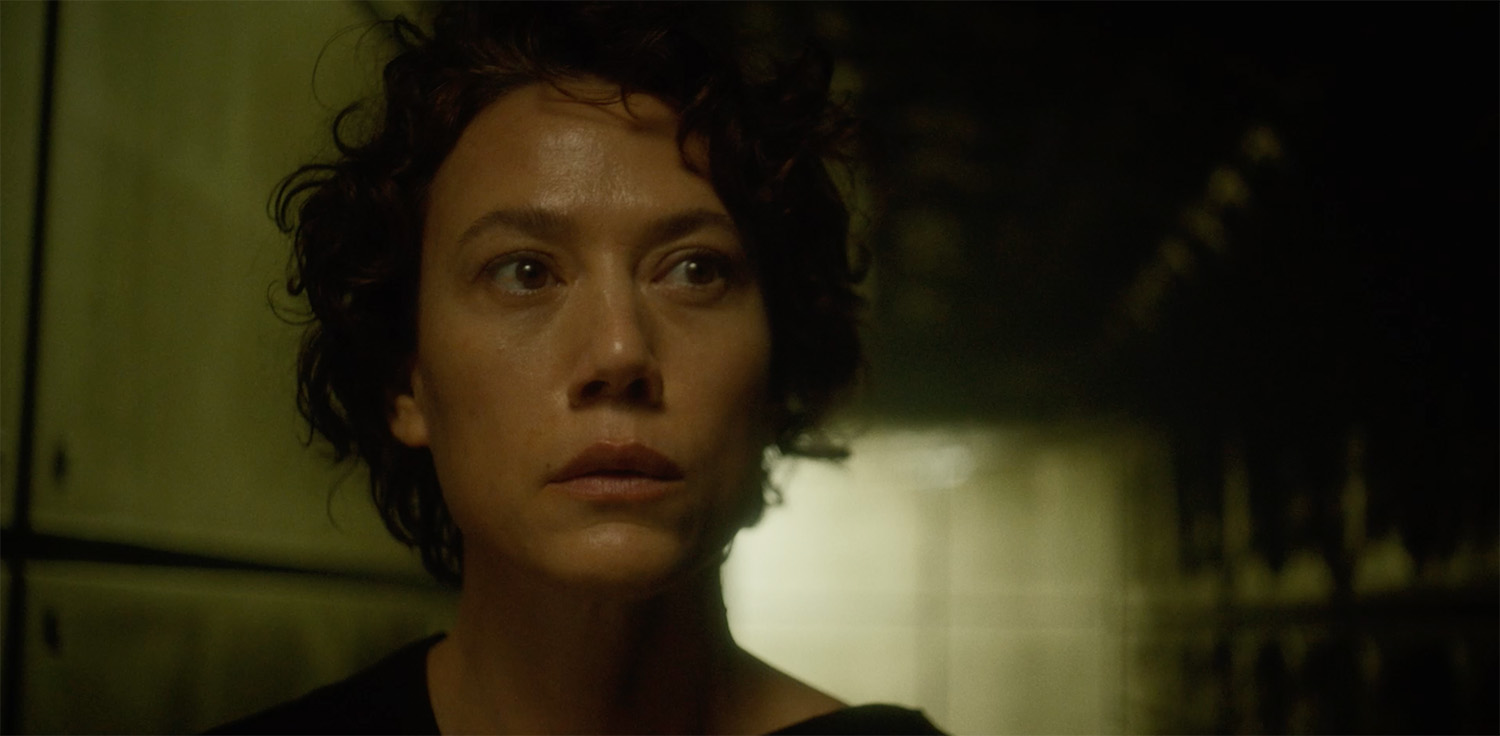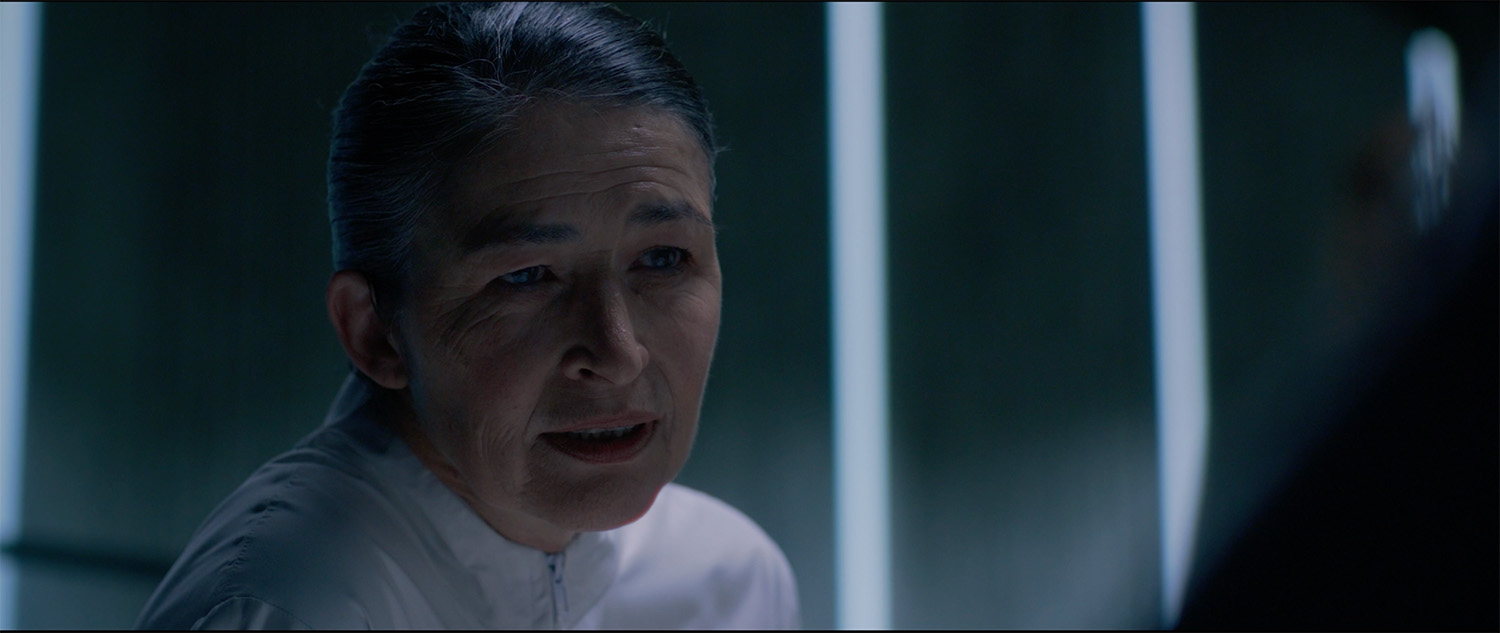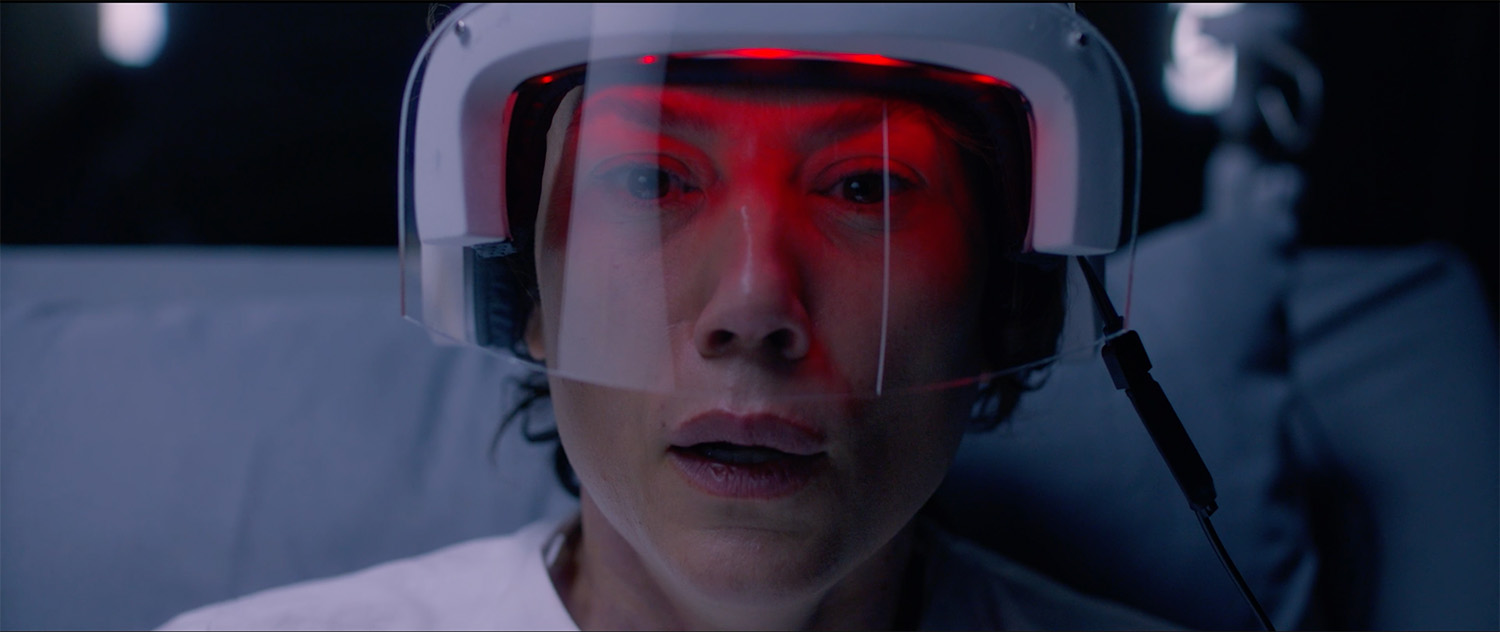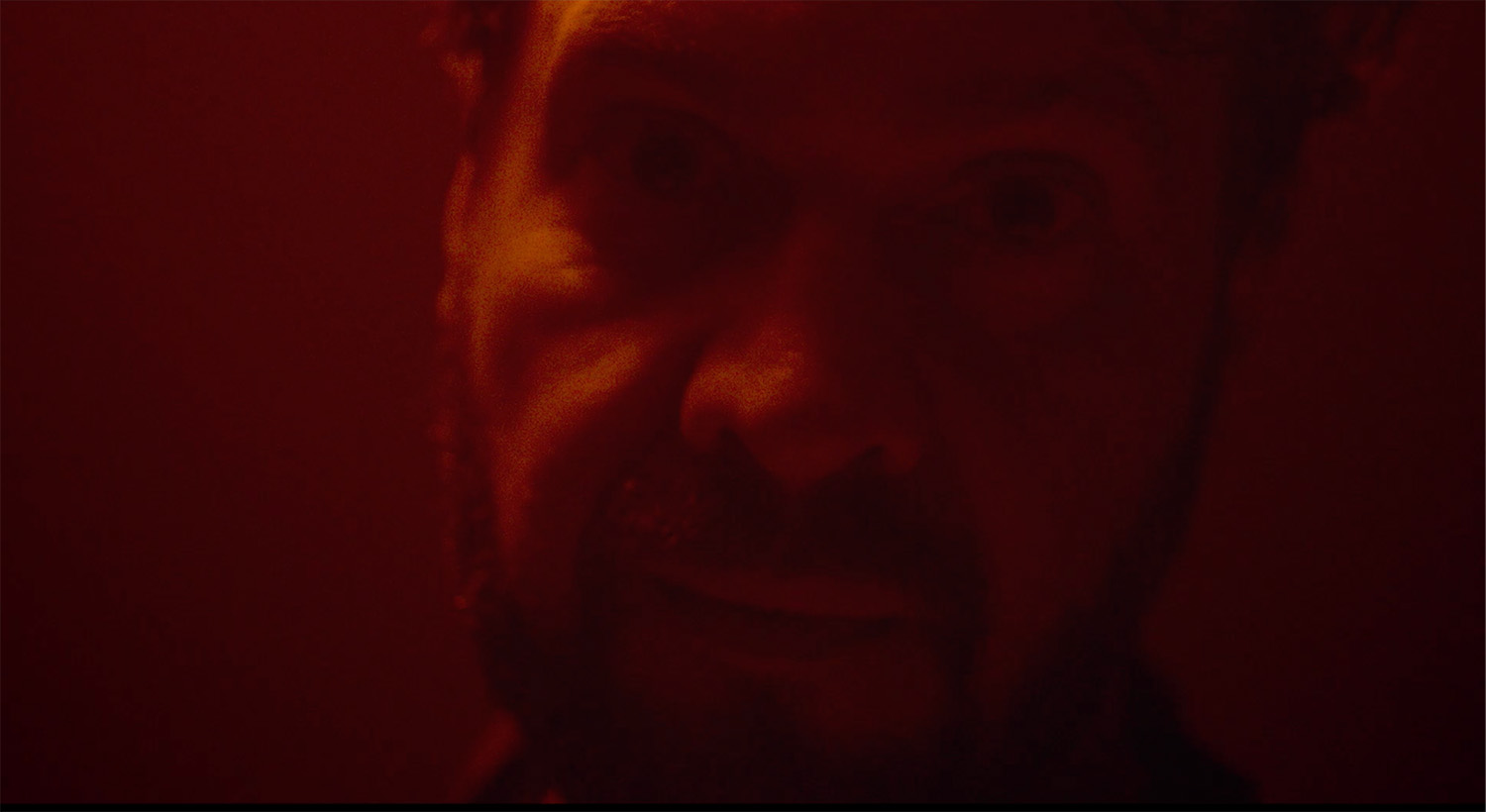



Shotgun short film: Liminale
In Liminale, a film with Hanneke Schutte as screenwriter and director, Inge Beckmann portrays Mia, a depressed woman afflicted by distressing memories. Hoping to deal with her trauma, Mia is subjected to radical futuristic therapy in an institution set in the future. But while she experiences the surrealist liminal space during therapy, she discovers the surprising origins of the treatment and must gather energy to face her demons and seek forgiveness.
Hanneke Schutte tells more.
Please explain the origin and meaning of the film’s title.
The word ‘liminal’ comes from the Latin word ‘limen’, which means ‘threshold’. It refers to the state of being in between, the ‘betwixt and between’, that strange realm flanked by two points or stages – like between life and death, being asleep and awake. It is an intermediate phase that is also explored during transition ceremonies. You are neither here nor there, but incomplete during the process of becoming. It is a magical place that feels devoid of the boundaries of space and time.
This concept, as well as the idea of liminal spaces that signify empty or desolate places, which is usually experienced as fearsome and surrealistic, have always been of interest to me. I wanted to make a movie that is set in these liminal spaces, like a maze that leads you to your subconscious.
The film is set in the future and the milieu is futuristic. Where did the idea for the film come from?
I knew from the beginning that futuristic technology will be required to open this liminal world to people, therefore it is set in the near future. My initial plan was to shoot the film in an abandoned hotel in Johannesburg, because it would provide the appropriate atmosphere for a feeling of abandonment and isolation, typical of liminal spaces. This hotel intrigued me because it radiated a sense of timelessness, a place where time became obsolete, and where one can submerge into another dimension.
But when the opportunity came around to shoot in an LED volume, a whole new world of possibilities was unlocked. The LED volume allowed us to create sets and scenes that would otherwise have been difficult to shoot, especially with the requirements of a futuristic story. Not only did it bring logistical benefits, like managing intricate visual effects easily; it also threw the doors wide open for creative freedom. We could change and modify the futuristic milieu to our desire, without the constraints of physical spaces.
This technology strengthened the transition to the futuristic milieu and gave the film a unique aesthetic and thematic depth.
The set design is breathtaking. Can you elaborate on the design and construction of the set?
Designing the set for this film was a major challenge indeed, because the background was digital, and we had to construct the rest of the set ourselves. The LED volume enabled us to create complex and detailed backgrounds that would be tough or impossible to construct in a physical space. It allowed us to push the boundaries of set design and to create a unique visual experience.
But it brought other unique challenges. If you rely only on the LED volume and fail to address the mis-en-scène in the finest detail, the entire visual presentation will seem fake and one-dimensional. It was essential that we find the perfect balance between digital and physical elements to succeed in creating a convincing, coherent world.
We had an exceptional production designer, Anneke Botha, who played a key role in putting all these elements together successfully. Anneke is reputed for her keen eye for detail and her commitment to render each aspect of a set as realistic and functional possible. She did an outstanding job to merge the lines between the digital and physical worlds. Anneke’s creativity and skills made the set design authentic and raised the quality of the production as a whole.
The casting was also excellent. Inge Beckmann (Mia) is a showstopper and Michele Burgers is fantastic as Dr Venter. Can you tell us more about the casting process?
I knew from the start that I wanted Inge Beckmann in the lead role. Inge has a special dark, secretive allure, perfect for the character of Mia. The role requires a fine balance between strength and vulnerability, and Inge’s ability to personify this duality, also within a single scene, made her the ideal choice. Her thorough portrayal of Mia brought the character to life and gave her sufficient emotional substance to captivate viewers’ attention.
I have always been a fan of Michele Burgers because of her skill to depict subtle but intense emotions on screen. She has a strong understated presence that gives a type of dark gravitas to her roles, a quality we needed for this particular character. When Michele delivered her first line during the table read, I knew we were in good hands. Her serene and gentle rendition immediately set the tone for the production.
Please tell us about the filming process.
We shot the film in three days, and it was a challenge! Using the LED volume meant that we could change sets and backdrops fast, but it also required meticulous planning and rapid decision-making.
On a traditional film set, you will move the camera around to obtain different angles and shots, but with the LED volume you mostly change only the backdrop to create a new scene. It requires the entire team, from the director to the camera personnel, to think in new ways about filming and adapting to the new technology.
The ability to change the background quickly, helped us to optimise the shooting time, but it posed new challenges in terms of continuity and managing the visual elements.
The movie explores profound themes, such as violence against women and suicide. Is it difficult to work with such themes and did you stress about getting it right?
The movie grapples with the complexities of violence against women and the cyclical nature of abuse. The journey of Mia and her husband is emblematic of the countless individuals who find themselves trapped in the cycle of violence, very often unable to break free from patterns of their past. It is a difficult topic to tackle, because it is a problematical issue and there are not always easy answers.
It was important for me to create characters who are emotionally complicated; nobody in the film is absolutely bad or perfectly good; they all are products of their circumstances and the choices they have made, which makes them authentic and relatable. For example, Mia is not only a victim, but a rounded individual with her own strong and weak characteristics. Her development as a character in the film shows how she tries to regain control of her world, even in the midst of the chaos and suffering in her situation.
What is the biggest challenge in making a short film with a short play time?
The original idea was for Liminale to be a full-length feature film, which means that the story had a much wider and more intricate narrative with more character development and plotlines. It was a key challenge to capture such a detailed story in the short film format.
Another difficulty was to extract the heart of the story and to ensure that all the key elements were included in that. The story must be distilled to its essence, which means that all unnecessary elements must be scrapped and only the most important are kept. Creative solutions must be found to convey complex ideas and emotions in a quick, concise manner. It is a creative undertaking that refines your skills as a storyteller, and it forces you to step out of your comfort zone.
